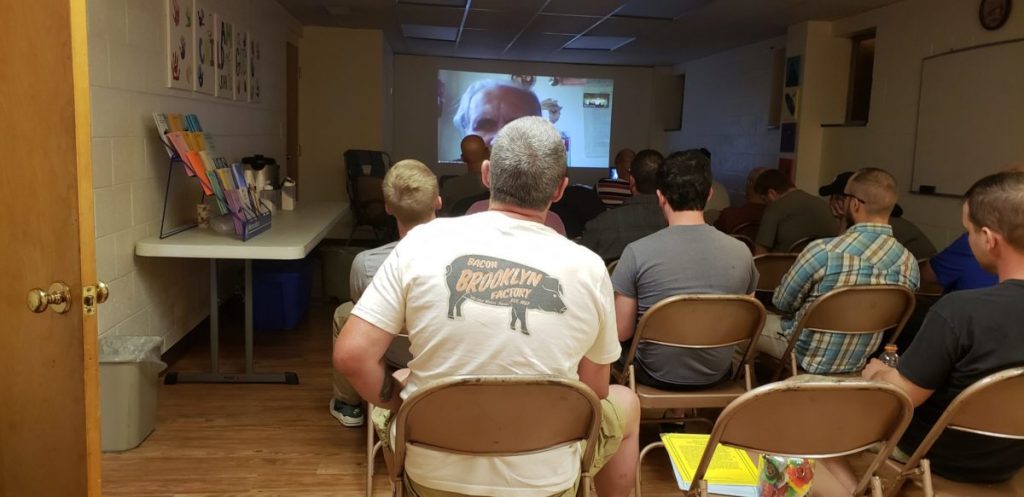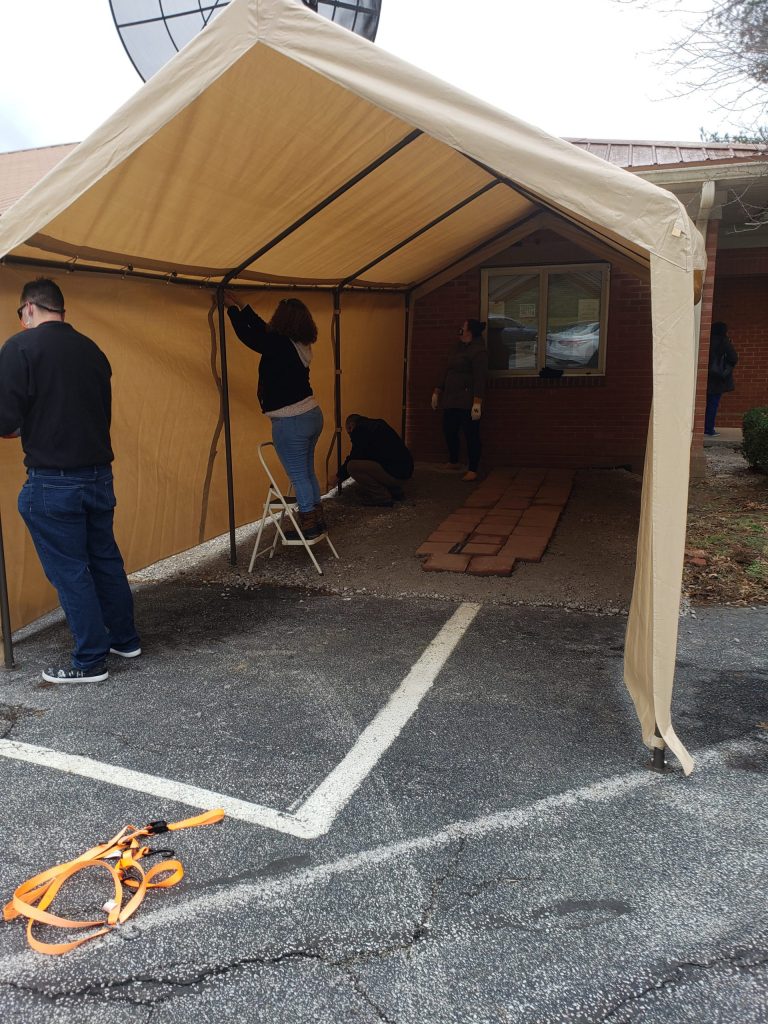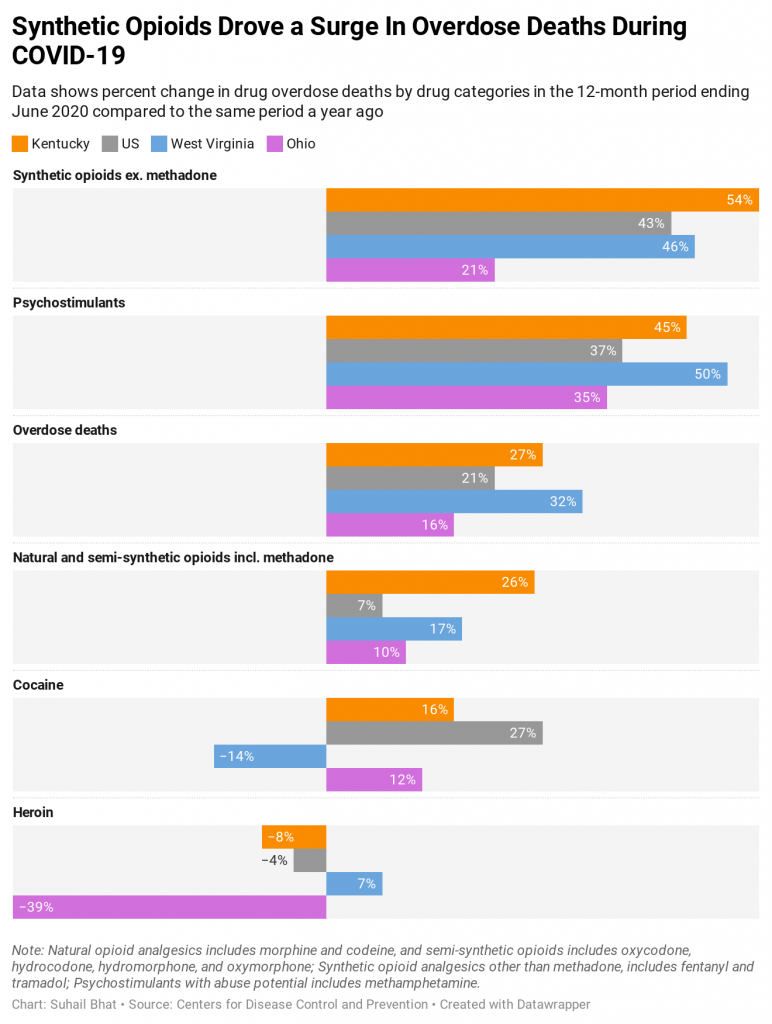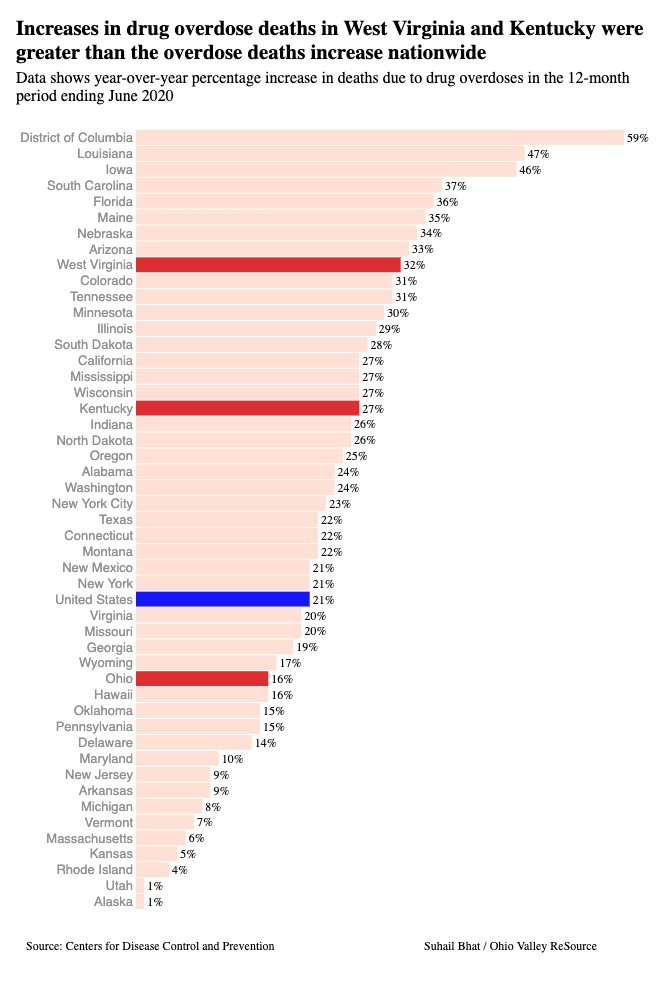News
Addiction In The Pandemic: Overdose Deaths Surge As Coronavirus Adds To Opioid Crisis
By: Corinne Boyer | Ohio Valley ReSource
Posted on:
FRANKFORT, Ky. (OVR) — Terrance D. has been sober for more than 15 years and Narcotics Anonymous has been a big part of his recovery. He uses a pseudonym when speaking publicly about addiction and his work with NA.
Terrance said the bonds the group has formed are very important, and they were forged through regular social gatherings.
“We recover in meetings together, we’ve raised our families together, our kids know one another,” he said. “We generally go to eat after meetings, or coffee or other things. We socialize together.”
But last March as the coronavirus pandemic forced businesses and public places to close, the regular face-to-face contact that Terrance and his group depended on was gone.
“All that’s changed, and it was an abrupt change,” he said.
As a small business owner, the pandemic has affected him financially, but Terrance said isolation has been the hardest.
Health experts have repeatedly warned about the pandemic’s impact on mental health. In a region long plagued by the opioid epidemic, alarm rippled through the Ohio Valley’s addiction treatment community as people realized that the pandemic’s sudden disruption and isolation could lead to relapses and overdoses.
As 2020 came to an end, the Centers for Disease Control and Prevention published overdose death data from June 2019 through June 2020, and the report was grim. At least 81,000 people had died from drug overdoses, a 21% jump, making it the deadliest year for U.S. overdoses.
The statistics for parts of the Ohio Valley were even worse, mirroring trends pointed out by health experts in the region. West Virginia — which already had some of the nation’s highest rates of overdose fatalities — saw a 32% increase in overdose deaths for that time period compared to the previous year. In Kentucky, deaths climbed by 27%, and in Ohio the deaths from overdose rose by 16%.
This crisis within a crisis is especially profound for the Ohio Valley. In addition to being ground zero for the opioid epidemic, the region also suffers from some of the nation’s poorest health outcomes. Public health efforts that once focused on opioid use disorder treatment have been eclipsed by the need to address COVID-19, just as the additional stress and isolation from the pandemic both limits usual treatment options and threatens to push more people into active addiction.
But ongoing regional efforts have helped some remain in treatment, offering some solutions for substance use disorder even in the face of the pandemic.
Online Sobriety
Terrance D. is also part of the public information subcommittee for the Kentucky Survivors Area of Narcotics Anonymous. Shortly after the declaration of the coronavirus pandemic, approximately 76,000 in-person NA meetings held worldwide stopped and then moved online.
“There’s a sharing process for us, as humans and as people in recovery when we are more in a physical space together, we’re able to pick up on one another’s body language,” he said. “We can tell how one another is doing just by looking at how we’re interacting and some of that gets lost online.”
But Terrance said not all of that communication is lost. Video calls have played a significant role in keeping people in recovery connected. The NorthStar Online NA group he is part of has hosted an online meeting since 2018, so many members already had experience with a virtual setup before the pandemic.

“And I mean, everyone,” he said, listing locations all across Kentucky and into surrounding states. “Everybody was online within a week.”
Although online meetings have helped many people in recovery stay connected, Terrance says online meetings aren’t for everyone — especially for older members who are used to meeting in person.
“The younger population are used to looking at screens, they’re used to being on their phones,” he said. “That’s not the case for our members that are 50, 60, 70, 80 years old and also being the portion of the population that is most vulnerable to catching COVID-19.”
“I think it’s been the hardest on them,” he said.
Emergency Indicator
Well before the CDC updated its overdose data, a disturbing trend began emerging in the Ohio Valley last spring — a sharp increase in the number of emergency responses to drug overdoses.
Fifty-two days before and after the pandemic was declared, Kentucky EMS saw a “17% increase in the number of opioid overdose runs” and “a 50% increase in runs for suspected opioid overdoses with deaths at the scene,” according to an article published in the journal
One of the article’s authors, Sharon Walsh, directs the Center on Drug and Alcohol Research at the University of Kentucky. Walsh said the increased EMS runs were happening throughout the state.
“As the overdose death data became available through vital statistics, unfortunately, we had the highest number of cases of overdose deaths ever in the state of Kentucky this past May,” Walsh said. “So that was not unexpected, based on what we’re seeing with the early data from EMS. But nonetheless, it was incredibly sad.”
Walsh said some research will examine the possible reasons behind the increase in overdoses. One possible factor: isolated users are more vulnerable in an overdose situation.
“The risk when someone uses opioids alone of dying is greater than if they are using with somebody else. And that person, if somebody overdoses, they can call 911 or if they have Naloxone, they can use it,” Walsh said.
Powerful synthetic opioids such as fentanyl are involved in most of the overdose deaths, according to the CDC report. The potency of the drug also varies, which makes it dangerous.
“It’s very easy to overdose on,” Walsh said. “The other thing is that it’s finding its way into other parts of the drug market. So people are overdosing unintentionally, when they use methamphetamine or cocaine because it’s also laced with fentanyl.”

“Whether or not people who are in treatment had their treatment discontinued because of the structural changes once the pandemic hit, or whether or not they wanted to start treatment, but they weren’t able to,” Walsh said.
Dana Quesinberry is a coauthor of the article on EMS responses. Quesinberry is a professor at UK’s College of Public Health and works on drug overdose prevention research with the Kentucky Injury Prevention Research Center. Quesinberry and her team monitor fatal and non-fatal overdose data.
She said Kentucky EMS data is used to spot trends and KIPRC receives those numbers every week.
“As far as pre-COVID, we were already on an increasing trend. During COVID, we have seen the rate go up, we’ve had a couple of different spikes throughout the period,” Quesinberry said.
Since the pandemic began, EMS data has also shown a 71% increase of instances in which a person refused to be transported to an emergency department after being treated for a suspected overdose. Quesinberry said there could be a number of reasons behind refusals, and coronavirus fear could be a contributing factor.
“In the data that we look at, understanding why they refused is not possible,” she said. “But it makes sense that some of the issues that have been identified in other jurisdictions about, fear of arrest, fear of COVID and being taken to the hospital and getting exposed to COVID.”
Treatment Changes
The pandemic has also strained the overall public health system, with likely impacts on harm reduction services such as needle exchange programs, which are critical for people who are not in treatment.
“They had to deploy all of their effort, staff, money to addressing COVID, first — which took the priority away from the opioid crisis,” Walsh said. “They also had to figure out how to convert syringe services to something that is more remote or safe.”
Walsh is also the principal investigator for the HEALing Communities Study at the University of Kentucky. The $87 million dollar research study aims to reduce opioid overdose deaths by 40% in 16 participating counties. The HEALing Communities study also includes counties in Massachusetts, New York and Ohio.
Franklin County, Kentucky, is part of the study. Health workers there are finding ways to keep a syringe exchange service going during the pandemic by moving operations outdoors. They asked Walsh’s team for some help during winter: a tent and heaters will allow them to continue offering the service through cold weather.
The HEALing Communities Study is collecting a wide variety of data on overdose deaths, the numbers of people enrolling in treatment programs and to look for other factors that have contributed to the rise of overdoses. Walsh said a change in public policy may offer one explanation.
“Our state and also the federal government worked very quickly to change some of those regulations that had been in place, some of them for more than 50 years, that were limiting access to care,” Walsh said.
If you are struggling with addiction, the Substance Abuse and Mental Health Services helpline operates year round. 1-800-662-HELP (4357).
Narcotics Anonymous hosts online meetings year round.
This is the first of three stories examining the addiction crisis during the COVID-19 pandemic. Upcoming stories explore federally funded efforts underway to better treat addiction and reduce overdose deaths, and the effects on those in recovery.
The Ohio Valley ReSource gets support from the Corporation for Public Broadcasting and our partner stations, including WOUB Public Media.




